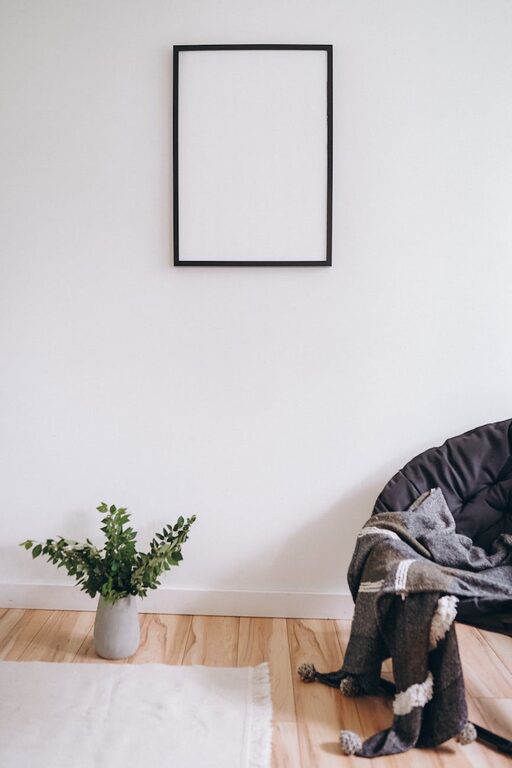Creating a peaceful and quiet home environment is essential for relaxation, productivity, and overall well-being. However, noise from outside or within your home can easily disrupt this calm. Whether you’re dealing with street sounds, noisy neighbors, or household clatter, there are simple, affordable ways to reduce noise at home without major renovations. This post explores practical strategies you can start using today to enjoy a more serene living space.
Understanding Noise Sources in Your Home
Before diving into noise reduction methods, it helps to know where noise might be coming from:
– Outdoor noise: Traffic, construction, lawn equipment, or street chatter
– Neighbor noise: Voices, music, footsteps in shared walls or floors
– Internal noise: Appliances, HVAC systems, plumbing sounds, or loud family members
– Echo and reverberation: Sounds bouncing off hard surfaces inside your rooms
Identifying your noise sources will help you choose the most effective ways to quiet your environment.
Simple Ways to Reduce Noise from Outdoors
Seal Windows and Doors
One of the easiest ways to block outside noise is by sealing gaps around windows and doors.
– Use weatherstripping or foam tape to close gaps
– Install door sweeps under exterior doors
– Consider window inserts or double glazing for better sound insulation
Add Heavy Curtains or Drapes
Thick, heavy curtains can help muffle exterior sounds, especially if made of dense fabrics like velvet.
– Choose floor-to-ceiling curtains for maximum coverage
– Keep them closed during noisy times for better results
Use Plants as Sound Barriers
Plants not only brighten your space but can also act as natural sound absorbers.
– Place dense indoor plants near windows and walls
– Consider outdoor shrubs or trees to block street noise if you have a garden
Minimizing Noise from Neighbors and Shared Walls
Install Acoustic Panels
Acoustic panels absorb sound waves and reduce echo. You can find stylish options that blend with your décor or create DIY panels with fabric and insulation material.
– Mount panels on shared walls or ceilings
– Focus on rooms where noise is most disruptive, like bedrooms
Use Bookshelves and Soft Furnishings
Furniture can act as additional sound barriers.
– Fill bookshelves with books to add density to walls
– Use rugs, cushions, upholstered furniture, and tapestries to absorb sound
Rearrange Furniture
Sometimes moving heavy furniture against shared walls can help soften the sounds coming through.
– Place sofas, wardrobes, or cupboards along noise-prone walls
– Avoid empty spaces between furniture and walls for better sound dampening
Reducing Internal Noise
Maintain Appliances and Systems
Noisy appliances and HVAC systems add unnecessary sound inside your home.
– Regularly service and clean heating and cooling units
– Fix any leaking pipes or dripping faucets
– Insulate noisy appliances or relocate if possible
Add Rugs and Carpets
Hard floors reflect sound, increasing noise levels indoors.
– Use rugs or carpets in frequently used rooms and hallways
– Opt for thick padding beneath rugs for stronger noise absorption
Use White Noise or Sound Machines
To mask unwanted noise rather than eliminate it, white noise machines or apps can be helpful.
– Select natural sounds like rainfall or ocean waves for soothing effects
– Keep volume at a comfortable level that masks disturbance without causing distraction
Managing Echo and Reverberation
Introduce Soft Materials
Rooms with hard surfaces often echo, making noise seem louder.
– Use fabric wall hangings, cushions, and upholstered furniture
– Install acoustic ceiling tiles or soft area rugs
Add Curtains and Window Treatments
In addition to blocking outdoor noise, curtains can reduce echo inside your home.
– Layer curtains for better sound absorption
– Use blinds combined with curtains for different light and sound control options
Final Thoughts
Noise reduction at home doesn’t have to be complicated or expensive. Simple adjustments like sealing gaps, adding soft materials, arranging furniture thoughtfully, and using plants can make a significant difference in your home’s noise levels. By identifying where the noise comes from and applying a few easy techniques, you can create a calmer, more comfortable living space that refreshes you every day.
Start with one or two methods that fit your budget and lifestyle, and enjoy the peace you deserve right at home.

